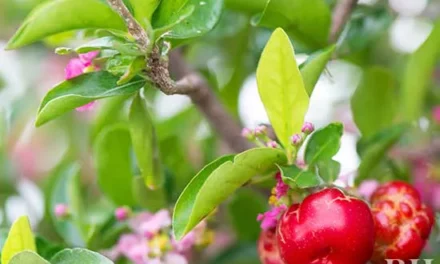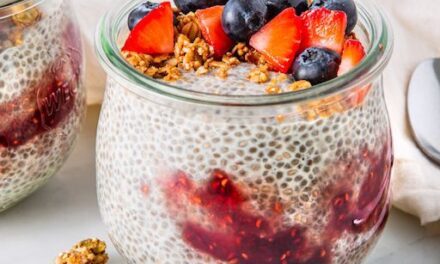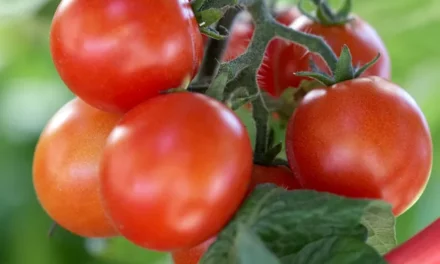For passionate bakers, cocoa powder is more than just a pantry staple; it’s the essence of chocolatey bliss, the secret weapon that elevates desserts from ordinary to extraordinary. But with a variety of options available, selecting the right cocoa powder can feel overwhelming. Fear not, dessert enthusiasts! This comprehensive guide will delve into the world of cocoa powder, empowering you to make informed choices and transform your creations into masterpieces.
The Heart of the Matter: Unpacking Flavour Profiles
The foundation of your cocoa powder selection lies in the desired flavour profile for your dessert. Here’s where the two main varieties, natural and Dutch-processed, take center stage:
- Natural Cocoa Powder: Made from roasted and ground cocoa beans, natural cocoa powder boasts a sharper, more acidic chocolate character. Think of it as the bold, assertive voice in the chocolate chorus. Premium crafted chocolate beans often contribute a milder, fruitier note to natural cocoa powder, adding a touch of complexity. Natural cocoa powder shines in recipes where a bright, distinct chocolate flavour is paramount.
- Dutch-Processed Cocoa Powder: Embracing a smoother, mellower approach, Dutch-processed cocoa powder has undergone an alkalizing treatment that neutralizes its acidity. This results in a less bitter, earthier chocolate taste, making it ideal for desserts seeking a gentler cocoa presence. Additionally, Dutch-processed cocoa powder boasts a darker colour, lending a rich, warm brown hue to your baked goods. Keep in mind that the alkalization process also affects the cocoa powder’s pH balance, potentially altering its interaction with leavening agents. Understanding this is crucial for achieving the intended texture and rise in your final product.
Beyond Flavour: Decoding the Composition of Cocoa Powder
Moving beyond taste, let’s explore the scientific makeup of cocoa powder to make informed choices:
- Cocoa Solids: These are the champions of chocolate flavour and colour. A higher percentage of cocoa solids translates to a more intense chocolate punch and a darker hue. For instance, a recipe calling for a deep, decadent chocolate cake might benefit from a cocoa powder with a high cocoa solids content.
- Cocoa Butter: While present in much lower quantities than in chocolate bars, cocoa butter contributes to the smoothness and richness of your desserts. Cocoa powder with a higher fat content, often indicated by a higher percentage of cocoa butter, can yield a luxuriously textured final product. Think fudgy brownies that melt in your mouth!
Quality Indicators: Unveiling the Beans’ Secrets
Choosing a high-quality cocoa powder goes beyond flavour and composition. Here are some additional factors to consider:
- Bean Origins: Just like grapes for wine, cocoa beans from different regions possess distinct flavour profiles. South American beans might introduce notes of fruit and nuts, while African beans often deliver a more robust, classic chocolate experience. Understanding these nuances allows you to pair the right cocoa powder with your desired dessert outcome. For instance, a single-origin cocoa powder from a specific region can elevate a sophisticated dark chocolate mousse by adding a layer of complex flavour.
- Processing Methods: Lower processing temperatures tend to preserve more of the cocoa beans’ natural antioxidants and subtle flavour characteristics. Look for labels that highlight such methods, as they can indicate a commitment to quality.
- Certifications: Certifications like Fair Trade and Organic not only ensure ethical and sustainable farming practices but can also hint at superior bean quality. These certifications often come with stringent standards, suggesting a higher grade of cocoa bean used in the production process. By investing in high-quality cocoa powder, your desserts not only taste better, but they also resonate with those who appreciate the art of fine chocolate making.
The Terroir of Cocoa: Unveiling the Influence of Origins
Cocoa beans, like grapes or coffee beans, are heavily influenced by the environment in which they grow, a concept known as terroir. This includes factors like soil composition, climate, and rainfall patterns. For example, volcanic soils in Central America can impart a unique, almost spicy flavour to cocoa beans, while coastal West Africa might produce beans with a classic, robust chocolate character. Understanding these regional influences allows you to select a cocoa powder that complements the overall flavour profile of your dessert. Equatorial climates are particularly well-suited for cacao cultivation, providing the ideal heat and humidity for these crops to thrive. Look for packaging that highlights bean origins and consider how they might interact with other ingredients in your recipe.
The Science of Dutch-Processing: Unmasking the Effects
The Dutch-processing method, also known as alkalization, significantly impacts the flavour and colour of cocoa powder. This process involves treating the cocoa beans with an alkaline solution, neutralizing their natural acids. As a result, Dutch-processed cocoa powder becomes less bitter and boasts a smoother, mellower chocolate flavour. This makes it ideal for recipes seeking a gentler cocoa presence, such as red velvet cake or chocolate chip cookies. The darker colour of Dutch-processed cocoa powder also adds richness to your baked goods.
However, remember that the alkalization process alters the pH balance of the cocoa powder, affecting its interaction with leavening agents. Natural cocoa powder has a higher acidity, which activates baking soda more effectively. Therefore, using Dutch-processed cocoa powder in a recipe designed for natural cocoa powder might require adjustments to leavening agents or baking powder to achieve the desired rise.
The Art of Choice: Selecting the Perfect Cocoa Powder
Now that you’re armed with this knowledge, how do you choose the perfect cocoa powder for your dessert? Here are some key takeaways:
- Consider the Flavour Profile: Do you desire a bright, assertive chocolate punch or a smoother, earthier presence? Natural cocoa powder excels in the first scenario, while Dutch-processed is ideal for the latter.
- Analyze Your Recipe: Understand the role of cocoa powder in your recipe. Is it the star ingredient or a supporting player? Does the recipe call for a specific colour or texture? Matching the cocoa powder’s properties to the recipe’s requirements is crucial.
- Experiment and Combine: Don’t be afraid to experiment! Try different cocoa powders to discover your favourites. Some bakers even combine natural and Dutch-processed cocoa powders to achieve a complex flavour profile.
- Embrace Quality: Invest in high-quality cocoa powder. Look for labels that highlight bean origins, processing methods, and certifications. The extra effort will be reflected in the superior taste and texture of your desserts.
Conclusion: The Key to Dessert Nirvana
With the right cocoa powder in hand, you’re well on your way to achieving dessert nirvana. From decadent chocolate cakes to silky mousses and melt-in-your-mouth brownies, your creations will tantalize taste buds and leave a lasting impression. Remember, choosing the perfect cocoa powder is an art – one that requires knowledge, experimentation, and a touch of passion. So, embrace the journey, explore the world of cocoa, and elevate your desserts to new heights!










